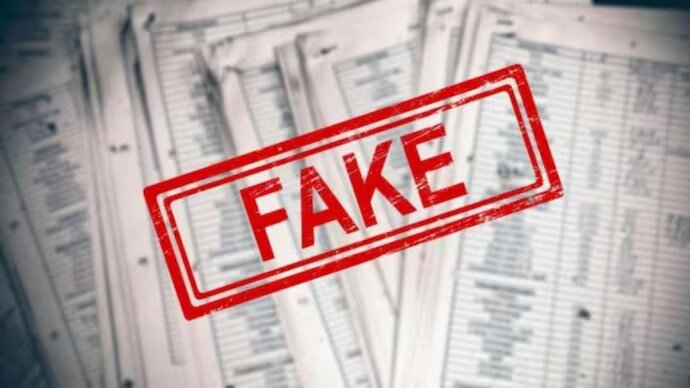
The Dangerous Game of Document Forgery: A Global Perspective
In our interconnected world, the exchange of information and documents is an integral part of various transactions, both personal and professional. However, this convenience has also given rise to a dark underbelly – the dangerous game of document forgery Fullzinfo. As technology advances, so do the techniques employed by forgers, making it a global menace that poses serious threats to individuals, businesses, and even national security.
The Pervasiveness of Document Forgery:
Document forgery is not limited to a specific region or industry; it has become a pervasive issue worldwide. From fake passports and identity cards to counterfeit academic certificates and financial documents, the spectrum of forged documents is vast and constantly evolving. Criminals exploit the demand for these fraudulent documents for a variety of purposes, including illegal immigration, financial fraud, and even terrorism.
Global Impact on Immigration:
One of the most significant ramifications of document forgery is its impact on immigration. With the increasing movement of people across borders, the demand for forged passports, visas, and other immigration documents has surged. This not only poses a threat to national security but also undermines the integrity of immigration systems globally. Governments and immigration authorities constantly find themselves in a race against sophisticated forgers who adapt to new security features.
Economic Consequences:
Document forgery has severe economic consequences, affecting businesses, financial institutions, and governments alike. Fraudulent financial documents, such as counterfeit checks and fake bank statements, can lead to substantial financial losses for individuals and organizations. Moreover, the proliferation of forged trade documents undermines the integrity of international trade, jeopardizing the global economy.
Educational Fraud:
Another dimension of the dangerous game of document forgery is educational fraud. Counterfeit academic certificates, diplomas, and transcripts are used to secure employment or gain admission to educational institutions. This not only compromises the merit-based systems in place but also devalues the credibility of legitimate educational achievements. Educational institutions and employers must be vigilant in verifying the authenticity of academic credentials to maintain the integrity of their systems.
Technological Advancements in Forgery:
As technology continues to advance, so do the tools available to forgers. High-quality scanners, advanced printing technologies, and even deepfake techniques make it increasingly challenging to distinguish between genuine and forged documents. The global nature of document forgery also means that criminal networks can operate across borders, taking advantage of legal loopholes and jurisdictional challenges.
Combating Document Forgery:
Addressing the dangerous game of document forgery requires a multi-faceted approach. Governments, law enforcement agencies, and international organizations must collaborate to establish robust systems for document verification. The integration of biometric data, blockchain technology, and other advanced security features can enhance the resilience of official documents. Additionally, public awareness campaigns can educate individuals and organizations about the risks associated with forged documents and the importance of due diligence in verification processes.
Conclusion:
The dangerous game of document forgery is a global challenge that demands coordinated efforts to mitigate its impact. From immigration and economic repercussions to the erosion of educational integrity, the consequences of forged documents are far-reaching.